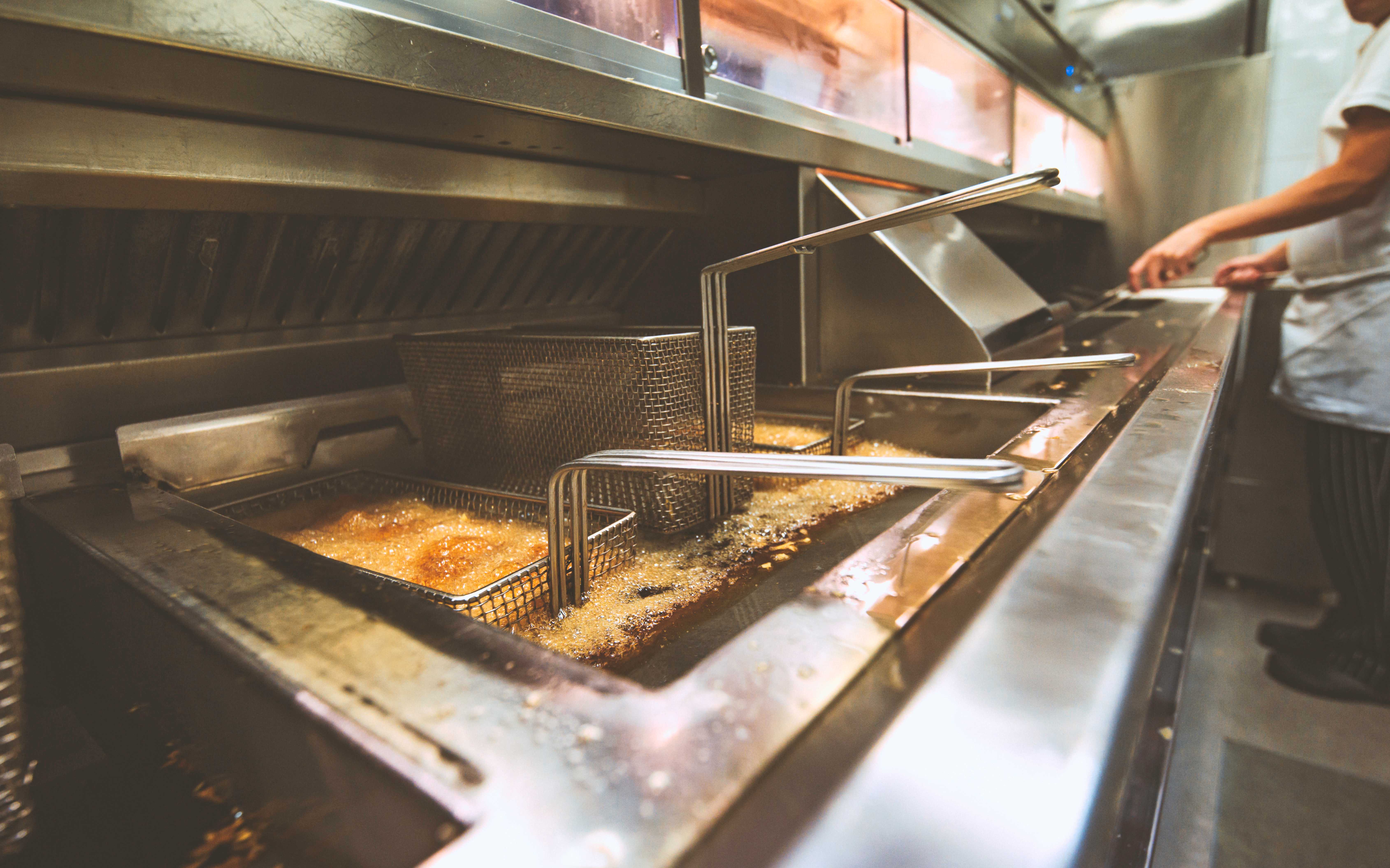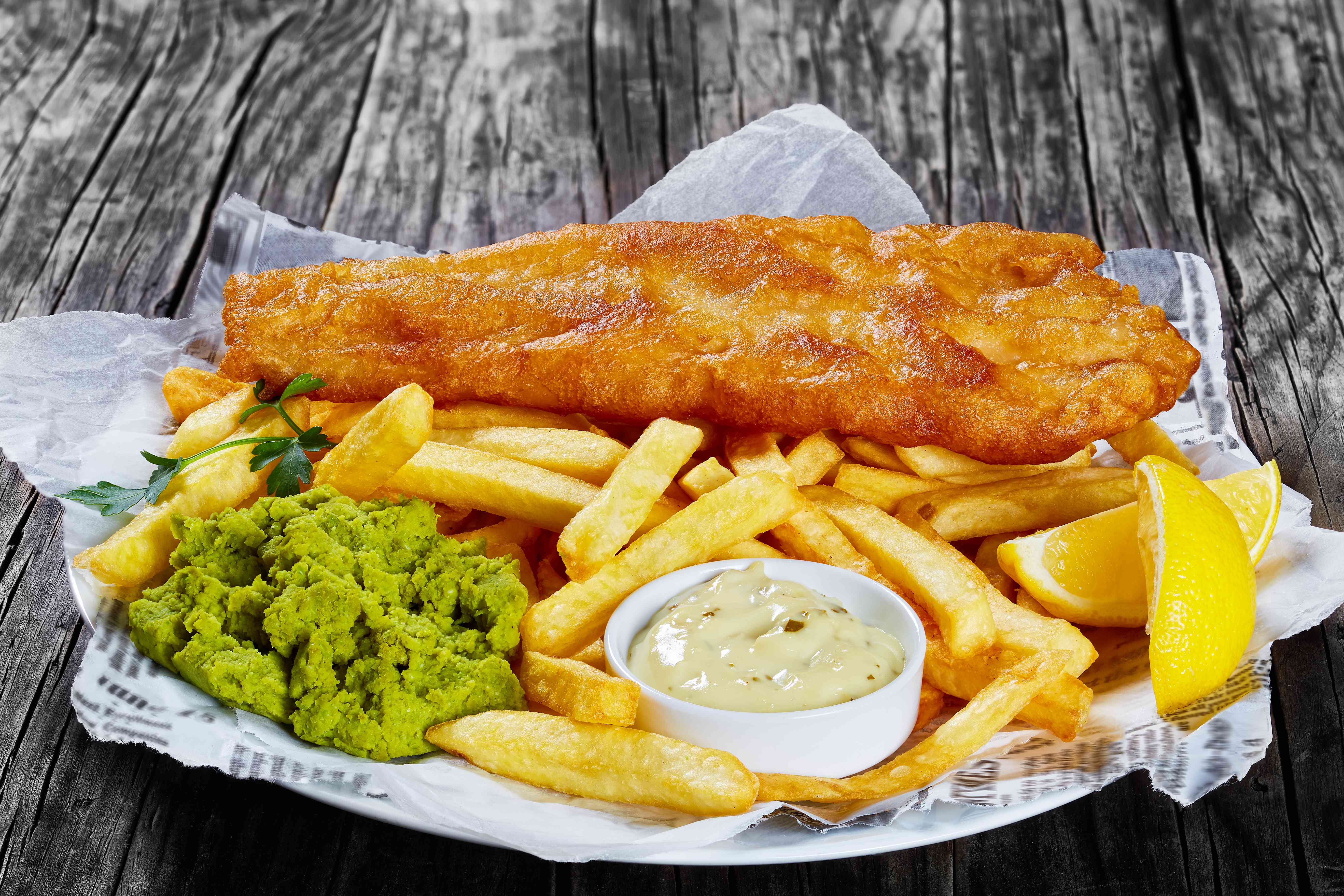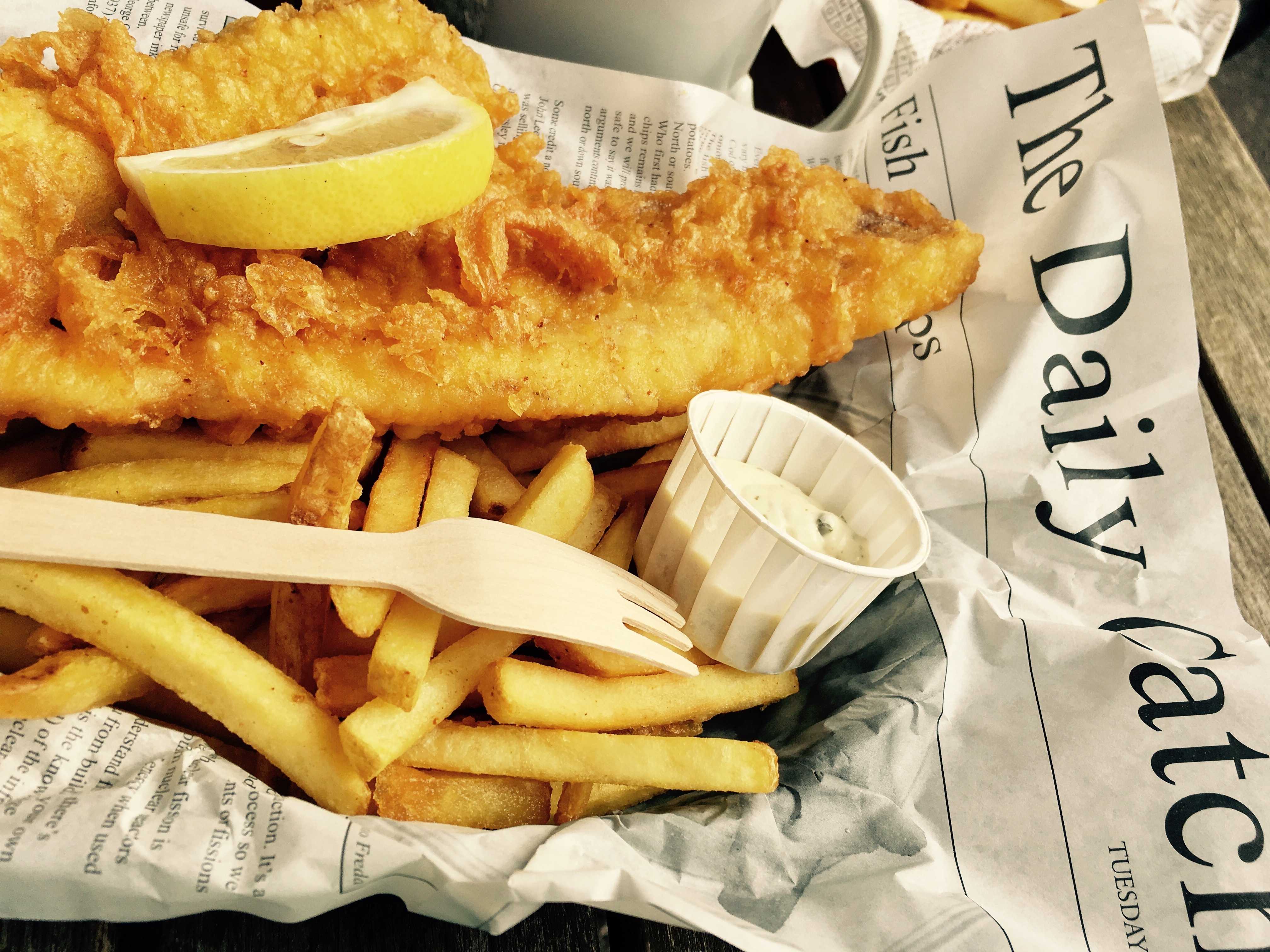With over 10,500 shops in the UK, serving 380 million portions of our national dish each year – The fish and chip industry is booming. With this said, it’s no surprise that more and more people want to join this flourishing industry. If you happen to count yourself among one of these, read on for our advice on how to set up your own fish and chip shop.
Create a business plan
Before committing to anything, you have to come up with a business plan. To do this, you can use a general business plan template and adapt it to your shop. The essential points that your plan needs to include are: –
- An introduction to the business – a mission statement, objectives, legal and capital structure
- Your USP – What is it you are going to specialize in to draw customers through your door.
- Management – establish the credibility and ability to manage
- The market – look at the target audience and the size of the market
- Competitive analysis – explore strategy, pricing and selling channels
- Operational details – essential equipment, premises, staffing, general materials
- A financial overview- sales and profit, projection, insurance and necessary funding.
Find a location
This is most likely one of the first aspects that you will take into consideration. Seaside towns are prime locations for fish and chip shops; however their popularity and high footfalls mean that business rates are higher and trade can be very seasonal.
Consider your target market when evaluating different locations. If you’d like to offer a high-end product (triple-fried chips and varied fish options), affluent areas could hold your ideal customer base. If you’d like to offer a fast, affordable meal, however, your list of potential locations is much larger.
It’s also worth noting here that you don’t necessarily need to start a shop from scratch. There are many former chips shops in and around British towns that are waiting to be revived. Aside from benefitting an existing client base, it’s also likely that you won’t have to shell out for brand-new equipment.
Secure financing
The cost of setting up a fish and chip shop varies significantly, depending mainly on location, property, and the equipment. Whilst it’s difficult to put an exact figure on how much you’d need, we can give you a rough idea according:
- A small, independent shop outside of London – £80,000-£120,000
- A high-street shop (prime town location) – £500,000-£800,000
- A central London, high-end shop – £2 million-£10 million
Although these figures are very approximate, the capital considerations are more or less the same. Alongside securing a property, owners have to bear in mind the costs of complying with Health and Safety regulations, training, and insurance.
For equipment, we’d recommend checking suppliers listed with the National Federation of Fish Friers.
Here, you’ll find a vetted list of suppliers for commercial fryers, fridges, freezers, heated food displayed, utensils and all your raw materials.
Choosing fish and finding the right supplier
Choosing the products you sell is essential in figuring out your target audience and calculating the overall costs of the business. The most commonly enjoyed fish types in the UK are Cod, Haddock, Hake and Plaice. It’s useful to note that Cod is most popular within England and Wales, while the Scottish prefers Haddock.
Other more unique options that have proven to be popular are Squid, Scampi and Salmon.
Consumers today are increasingly concerned around the ethnicity of their food, so it is important that you support sustainable fishing practices as much as possible. By doing your research and finding a supplier that supports sustainable fishing practices you are being both environmentally conscious and helping to improve the longevity of the fish and chip industry. There are plenty of suppliers that will be able to provide all aspects of your shop, from equipment, to fish, potatoes, oil and all your dry sundry needs.
After finding a supplier, it is essential to find a company that will collect your used oil.
This supplier will have to be a registered waste oil company, as you will need to keep a paper-trail to ensure you are compliant and able to prove this to your EHO when they visit for inspection. You’ll discover more about how to keep your shop clean and dispose of waste when researching the safety rules, guidelines and regulations of owning a chip shop, another essential step when considering your business.
Visit your local council for more information with the required documentation prior to opening.
Ready to fry
We hope our tips above have inspired you to secure your very own fish and chip shop. And when you do, don’t forget to use only the very best frying oil. Frymax’s sustainable palm oil has been used by the UK’s most cherished chippies for over 60 years, and continues to be valued by professional fryers for its high quality. If you’d like to find out more, get in contact with Frymax – we’re here to help.
If you’re looking for a stable frying oil that will cook your food in minutes, choose Frymax. Our sustainable, premium-grade palm oil is relied on by chippies across the country to serve up high-quality fried foods. If you’d like to learn more, get in contact with Frymax.






